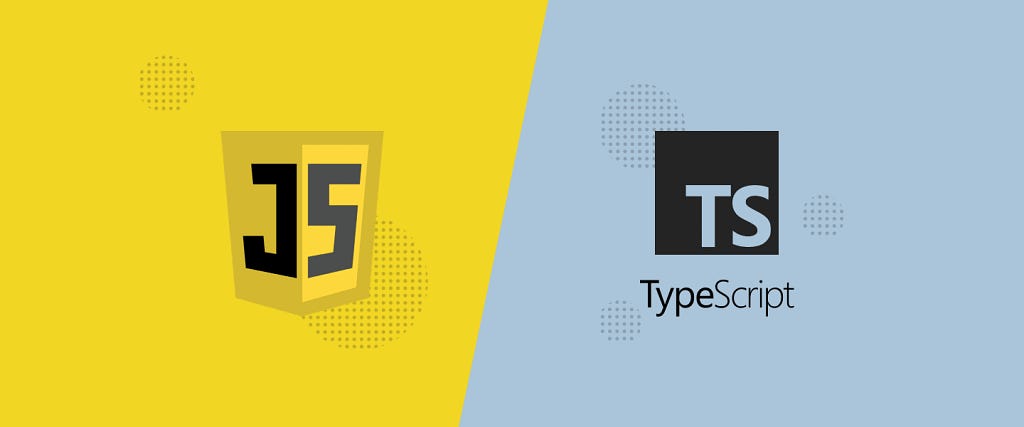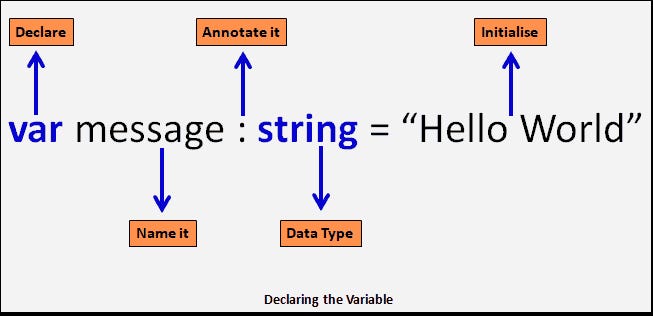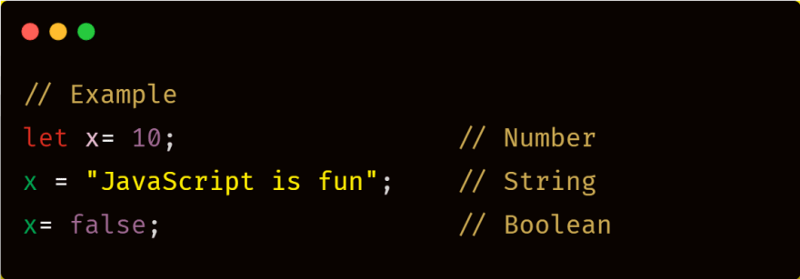This content originally appeared on Level Up Coding - Medium and was authored by Nic Chong
Introduction
If you’re a web developer, chances are you’ve heard of TypeScript and JavaScript. But what exactly are these languages, and how do they compare to each other?
TypeScript and JavaScript are both programming languages that are widely used for building web applications. But while they have some similarities, they also have some key differences that make them suited for different types of projects.
In this blog post, we’re going to take a deep dive into the world of TypeScript and JavaScript and compare these two languages. We’ll cover their histories, syntax, language features, adoption, and more. By the end of this post, you’ll have a better understanding of which language is right for your project.

History and Background
Before we dive into the nitty-gritty details of TypeScript and JavaScript, let’s take a step back and look at the history and background of these two languages.
JavaScript was first developed in the mid-1990s by Netscape as a way to add interactivity to web pages. It quickly gained widespread adoption and became the standard language for building web applications. Today, JavaScript is used by millions of developers around the world and is supported by all modern web browsers.
TypeScript, on the other hand, was developed more recently in 2012 by Microsoft. It was created as a way to add static typing to JavaScript, which many developers saw as a missing feature in the language. Static typing allows developers to specify the data types of variables, function arguments, and return values, which can help catch errors at compile-time rather than runtime.
TypeScript code looks very similar to JavaScript code, but with a few additional syntax elements for specifying data types. This allows developers to use TypeScript as a “superset” of JavaScript, meaning that any valid JavaScript code is also valid TypeScript code. However, TypeScript adds some additional language features that are not available in JavaScript, as we’ll discuss later in this post.
So, the main motivation for the creation of TypeScript was to add static typing to JavaScript, which many developers saw as a missing feature in the language. This has made TypeScript especially popular among large-scale projects that require a high level of code maintainability and robustness.
Syntax and Language Features
Now that we’ve covered the history and background of TypeScript and JavaScript, let’s move on to the syntax and language features of these two languages.
At a high level, the syntax of TypeScript and JavaScript is very similar. Both languages use similar control structures (e.g. if-else statements, for loops), data types (e.g. numbers, strings, booleans), and operators (e.g. addition, subtraction, comparison). However, there are a few key differences that set TypeScript apart from JavaScript.
One of the main differences between TypeScript and JavaScript is the static typing system. As we mentioned earlier, TypeScript allows developers to specify the data types of variables, function arguments, and return values. This is done using type annotations, which are placed after the variable or function name.

In contrast, JavaScript uses a dynamic typing system, which means that the data type of a variable can change at runtime. This can lead to runtime errors if a variable is used in a way that is not consistent with its data type.

In addition to static typing, TypeScript also includes a number of other language features that are not available in JavaScript. These include interfaces, which allow developers to define custom types, and classes, which provide a way to define object-oriented programming constructs in JavaScript.
Overall, the syntax and language features of TypeScript and JavaScript are similar, but TypeScript adds a static typing system and additional language features that can help improve code maintainability and robustness.
Pros and Cons
One of the main pros of using TypeScript is the static typing system, which can help catch errors at compile-time and improve code maintainability. This can be especially useful for large-scale projects with a lot of codebase, as it can help prevent runtime errors and make it easier to refactor and modify the code.

On the other hand, one of the cons of using TypeScript is that it adds a learning curve for developers who are not familiar with static typing. It can also require more boilerplate code and can be slower to compile than JavaScript.
In contrast, one of the main pros of using JavaScript is its dynamic typing system, which allows developers to be more flexible and creative with their code. It is also faster to write and compile than TypeScript, and has a larger developer community and more resources available.
However, one of the cons of using JavaScript is that it is more prone to runtime errors due to its dynamic typing system. This can make debugging and testing more challenging and can impact the overall reliability and robustness of the code.
Overall, both TypeScript and JavaScript have their pros and cons, and the choice between the two languages will depend on the specific needs and goals of your project. If you want to take advantage of static typing and additional language features, TypeScript may be the better choice. If you want a more flexible and lightweight language with a larger developer community, JavaScript may be the way to go.
Conclusion
In this blog post, we compared TypeScript and JavaScript, two popular programming languages that are widely used for building web applications and other software.
We looked at the history and background of the languages, the syntax and language features, the adoption and community support, and the pros and cons of using each language.
To summarize, TypeScript is a statically-typed superset of JavaScript that adds additional language features and enables type checking at compile-time. It is supported by a number of popular libraries and frameworks and is gaining traction among developers who want to improve the reliability and maintainability of their code.
On the other hand, JavaScript is a dynamic, lightweight, and flexible language that is widely used and supported by a large developer community. It is fast to write and compile, and allows developers to be more creative and expressive with their code.
When deciding between TypeScript and JavaScript, it’s important to consider the specific needs and goals of your project. If you want to take advantage of static typing and additional language features, and if you are working on a large-scale project with a lot of codebase, TypeScript may be the better choice.
If you want a more lightweight and flexible language with a larger developer community, and if you are working on a smaller or more agile project, JavaScript may be the way to go.
In the end, the choice between TypeScript and JavaScript will depend on your personal preferences and the requirements of your project. Both languages have their strengths and weaknesses, and it’s important to weigh the pros and cons before making a decision.
If you enjoyed this content and would like to see more, please consider following me on Medium. Happy Coding!
TypeScript vs JavaScript: A Comprehensive Comparison was originally published in Level Up Coding on Medium, where people are continuing the conversation by highlighting and responding to this story.
This content originally appeared on Level Up Coding - Medium and was authored by Nic Chong
Nic Chong | Sciencx (2023-01-03T13:49:05+00:00) TypeScript vs JavaScript: A Comprehensive Comparison. Retrieved from https://www.scien.cx/2023/01/03/typescript-vs-javascript-a-comprehensive-comparison/
Please log in to upload a file.
There are no updates yet.
Click the Upload button above to add an update.
